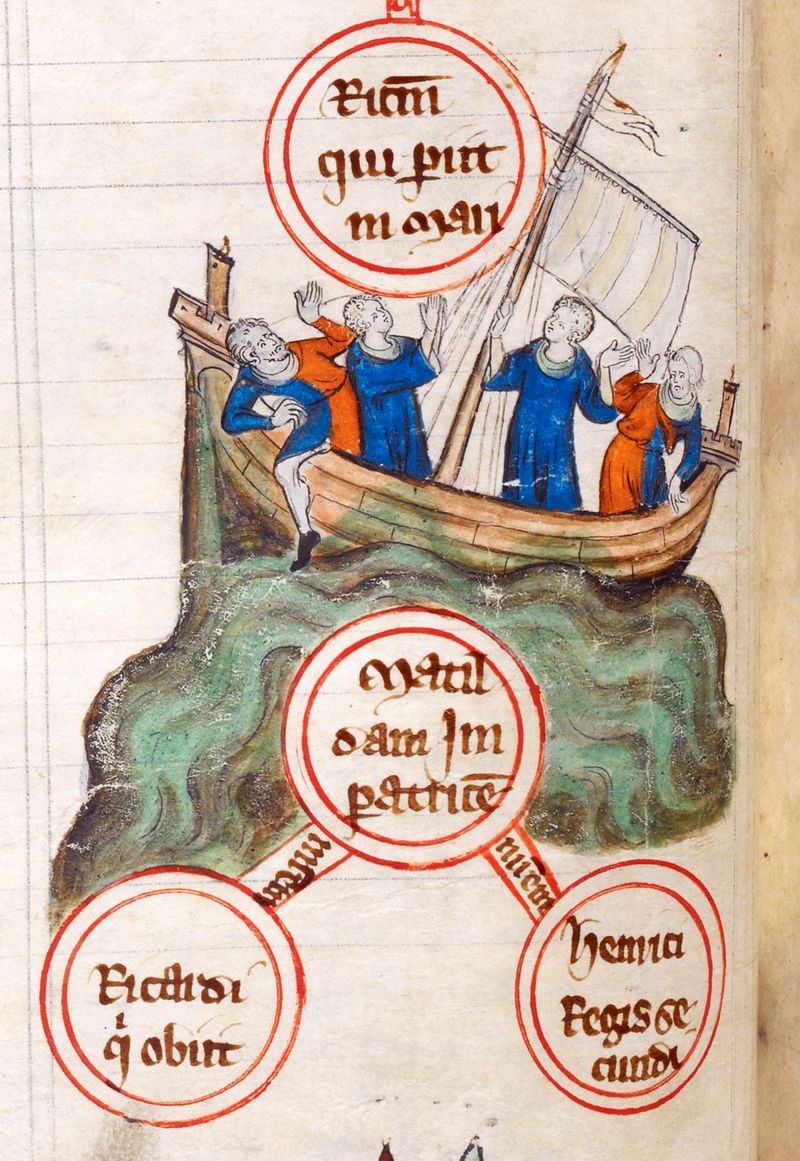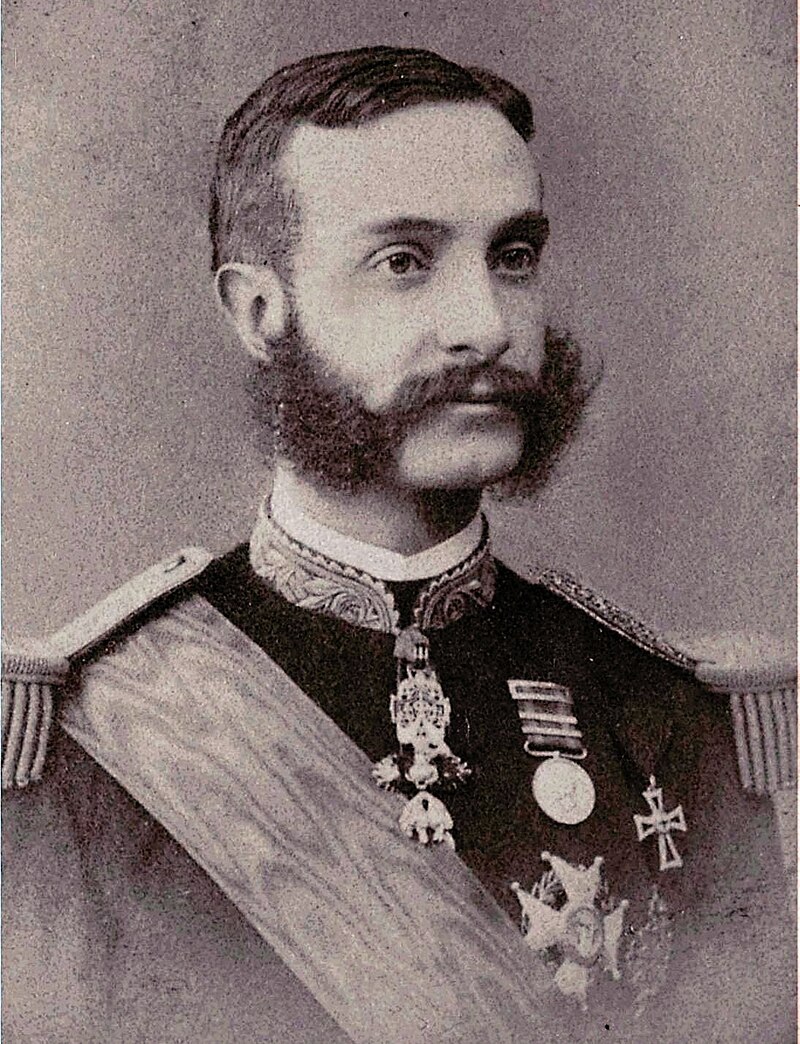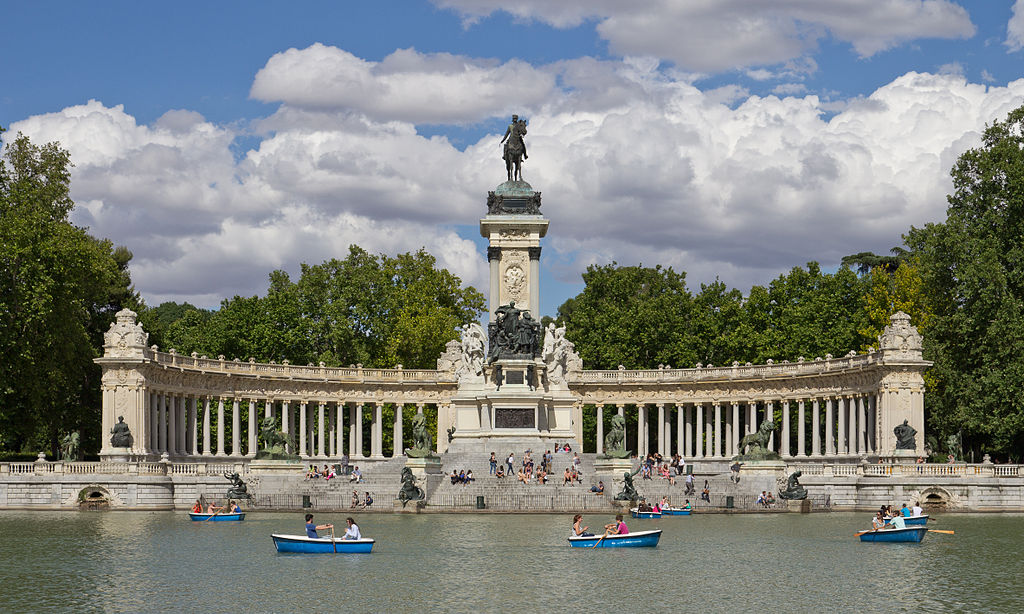by Scott Mehl © Unofficial Royalty 2015
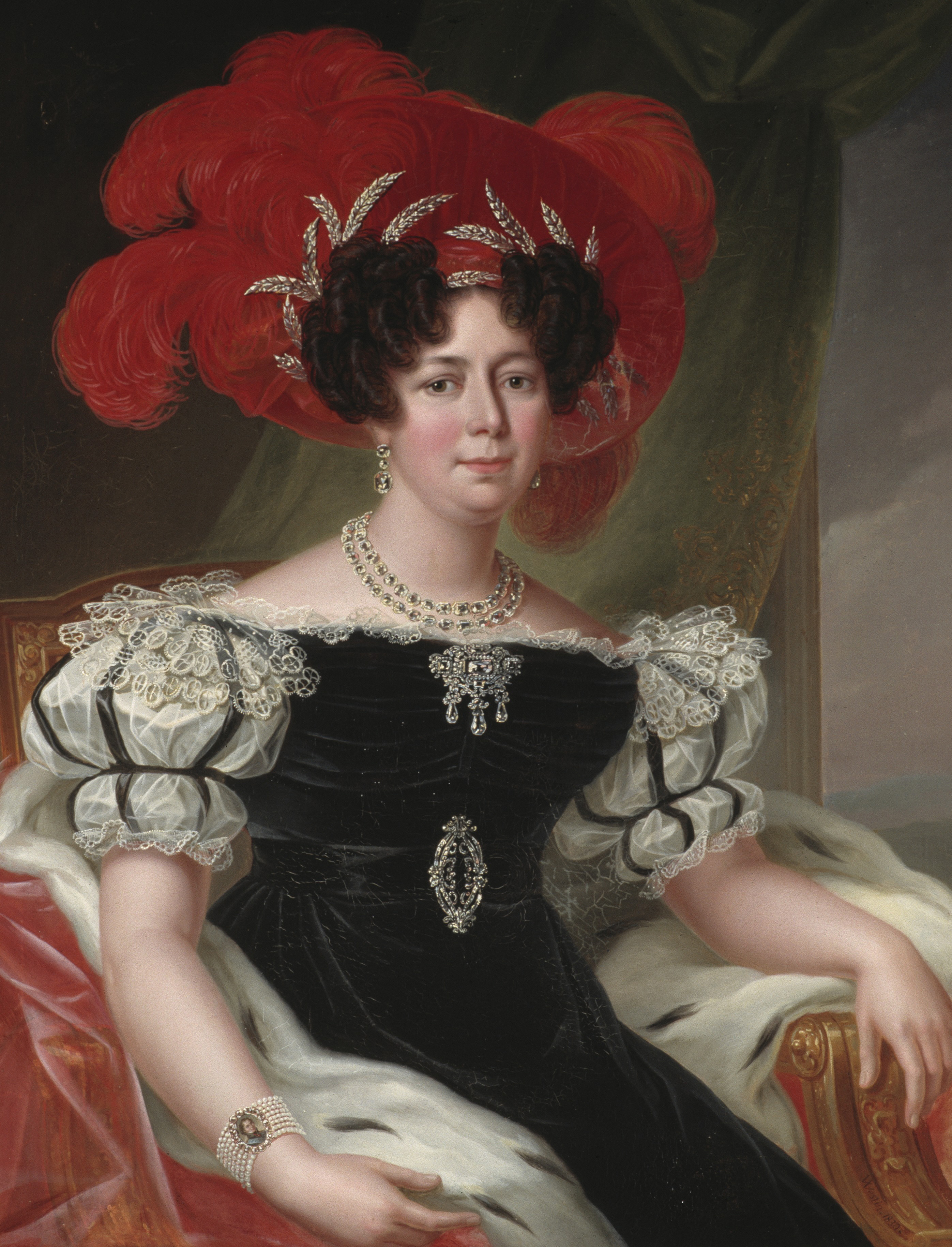
Désirée Clary, Queen Desideria of Sweden and Norway; Credit – Wikipedia
Queen Desideria of Sweden and Norway was the wife of King Carl XIV Johan of Sweden/King Karl III Johan of Norway, born Jean Baptiste Bernadotte. She was born Bernardine Eugénie Désirée Clary, on November 8, 1777, in Marseille, France, the youngest of the nine children of François Clary, a wealthy French merchant, and his second wife Françoise Rose Somis. Through Désirée, her parents are the ancestors of the royal families of Belgium, Denmark, Luxembourg, Norway, and Sweden.
Désirée had eight siblings:
- Joseph Nicolas Clary, 1st Comte Clary et de l’Empire, (1760 – 1823), married Anne Jeanne Rouyer
- Joseph Honoré Clary (1762 – 1764), died in childhood
- Marie Anne Rose Clary (1764 – 1835), married Antoine-Ignace Anthoine, baron de Saint-Joseph et de l’Empire, Mayor of Marseille
- Marseille Clary (1764 – 1784), unmarried
- Justinien François Clary (1766 – 1794), unmarried
- Catherine Honorine Clary (1769 – 1843), married Henri Joseph Gabriel Blait de Villeneufve
- Julie Clary (1771 – 1845), married Joseph Bonaparte, King of Naples and Sicily, King of Spain and the Indies, elder brother of Napoleon Bonaparte
- Basile Clary (1774 – 1781), died in childhood
Désirée had four half-siblings from her father’s first marriage to Gabrielle Fléchon (1732–1758):
- François-Joseph Clary (1752 – 1753), died in infancy
- Marie-Jeanne Clary (1754 – 1815), married (1) Louis Honoré Lejeans (2) Emmanuel Mathieu Pézenas, Baron de Pluvinal
- Marie Thérèse Catherine Clary (1755 – 1818), married Lazare Lejeans
- Étienne François Clary (1757 – 1823), married Marcelle Guey, had two children
Désirée was educated at a convent in her early years, before returning home to her family during the French Revolution. Several years later, she met Joseph Bonaparte, the elder brother of Napoleon, and the two became engaged. Soon after, Napoleon suggested that Joseph should instead marry Désirée’s sister Julie and that he would marry Désirée. They became engaged in April 1795, but Napoleon soon became involved with Joséphine de Beauharnais, and the engagement ended in September 1795. Désirée spent the next several years living with her sister and brother-in-law in Genoa and Rome. While in Rome in 1797, she became engaged to a French general Mathurin-Léonard Duphot, allegedly arranged by Napoleon. They were to marry on December 31, 1797, but Duphot was shot and killed in a riot the previous day.

Désirée’s husband Jean Baptiste Bernadotte, the future King Carl XIV Johan of Sweden and Norway; Credit – Wikipedia
Returning to Paris, Désirée soon met Jean Baptiste Bernadotte, a noted French general and future King of Sweden. The couple married on August 17, 1798, and had one son:
- King Oscar I of Sweden and Norway, born Joseph François Oscar Bernadotte (1799 – 1859), married Princess Joséphine of Leuchtenberg, had four sons and one daughter
In 1804, Bernadotte was made Marshal of France, and Désirée was given an allowance by Napoleon, as well as a house on the Rue d’Anjou Saint-Honoré in Paris, France. Désirée maintained this house for the rest of her life, living there whenever she was in Paris. With her husband often gone, Désirée installed herself in the ranks of Parisian high society, spending her time with both the Bonaparte and Clary families. She occasionally traveled to see her husband but quickly returned to Paris, the only place she felt at home.
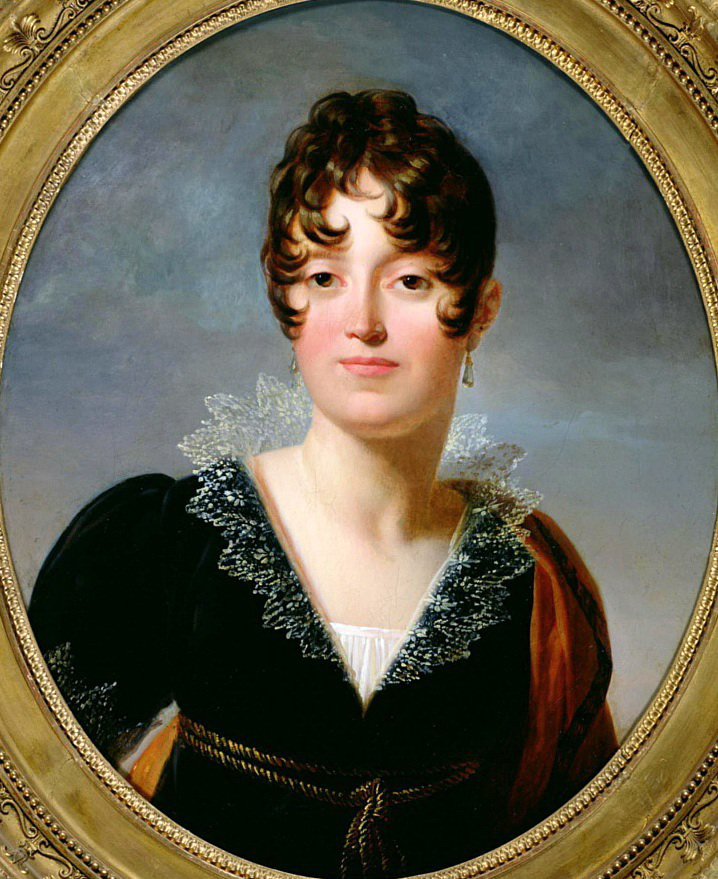
Désirée Clary, Queen Desideria of Sweden and Norway. portrait by François Gérard, c.1810. source: Wikipedia
In 1809, King Carl XIII of Sweden ascended the throne of Sweden. He had no living children, and his adopted son and heir died the following year. The Swedes had the idea to offer the position of Crown Prince to one of Napoleon’s Marshals. On August 21, 1810, the Swedish Riksdag of the Estates elected Désirée’s husband Jean Baptiste Bernadotte as Crown Prince of Sweden. He arrived in Stockholm in November 1810 and was formally adopted by the King Carl III of Sweden, taking the name Carl Johan, and converting from Roman Catholicism to Lutheranism.
The new Crown Prince of Sweden was actively involved in the events leading up to the Treaty of Kiel in 1814, in which Denmark was forced to cede Norway to Sweden. Unlike the previous union with Denmark, this was a personal union under a single sovereign, and Norway remained an independent state with its own constitution. King Carl XIII of Sweden also reigned as King Karl II of Norway. The separate kingdoms of Sweden and Norway were under a common monarch from 1814 until its dissolution in 1905.
Not wanting to leave Paris, Désirée did not initially accompany her husband to Sweden. She finally made the trip in December 1810 and was immediately unhappy. She found the Swedish weather very harsh, and could not adapt to the formality and responsibilities of her new role as Crown Princess. Added to that was a very difficult relationship with the wife of King Carl XIII of Sweden, Queen Hedwig, who complained, perhaps rightfully so, about Désirée’s constant complaints about everything that was not French. The following year, Désirée left Sweden and returned to Paris, where, she acted as a go-between and mediator between her husband and Emperor Napoleon and kept her husband fully advised of the political events in Europe. After Napoleon was overthrown, Désirée often spent time with the court of King Louis XVIII of France.
King Carl XIII of Sweden/King Karl II of Norway died on February 5, 1818, and Bernadotte ascended the thrones of Sweden and Norway as King Carl XIV Johan of Sweden/King Karl III Johan of Norway. However, Désirée, the new Queen of Sweden and Norway, remained in Paris. It would be several years before she made her return to Sweden. In 1822, her son, now Crown Prince Oscar of Sweden and Norway, toured Europe to find a bride and met with his mother twice. The following year, in June 1823, Désirée returned to Sweden, accompanying her future daughter-in-law Princess Josephine of Leuchtenberg, the granddaughter of Napoleons’s first wife Joséphine de Beauharnais from her first marriage to Alexandre, Vicomte de Beauharnais, who had been guillotined during the French Revolution. Although Désirée planned to make just a temporary visit, she remained in Sweden for the rest of her life.

Coronation of Queen Desideria in Sweden, August 1829, by Fredric Westin. source: Wikipedia
Désirée’s coronation was delayed due to the long time she remained in France and the potential religious issues stemming from her remaining a Roman Catholic and not converting to Lutheranism like her husband and son. Finally, on August 21, 1829, Queen Desideria, her official name although she never used it herself, was crowned Queen of Sweden. She was never crowned in Norway due to her religion.
Désirée attempted to fulfill her role as Queen Consort, holding parties and balls, but she soon grew tired of it and longed to return to Paris. Her lack of effort to embrace her new homeland, and her refusal to learn the languages of either Sweden or Norway, led to her never being fully accepted by the Swedish or Norwegian people. Her less-than-royal roots did not help either. She was better received in Norway, where she visited several times, and served as patron of the Eugenia Foundation from 1828 until 1847. Despite plans to return to her home in Paris in 1853, Désirée’s fear of sea travel prevented her from making the trip. She spent her remaining years in Sweden, splitting her time between her apartments at the Royal Palace of Stockholm, Drottningholm Palace, and Haga Palace.

Queen Desideria’s tomb; source: Wikipedia
Désirée died on December 17, 1860, at the Royal Palace of Stockholm. Following her funeral in January 1861, she was interred in the Bernadotte Chapel at the Riddarholmen Church in Stockholm, in front of her husband’s tomb.
This article is the intellectual property of Unofficial Royalty and is NOT TO BE COPIED, EDITED, OR POSTED IN ANY FORM ON ANOTHER WEBSITE under any circumstances. It is permissible to use a link that directs to Unofficial Royalty.
Kingdom of Sweden Resources at Unofficial Royalty

